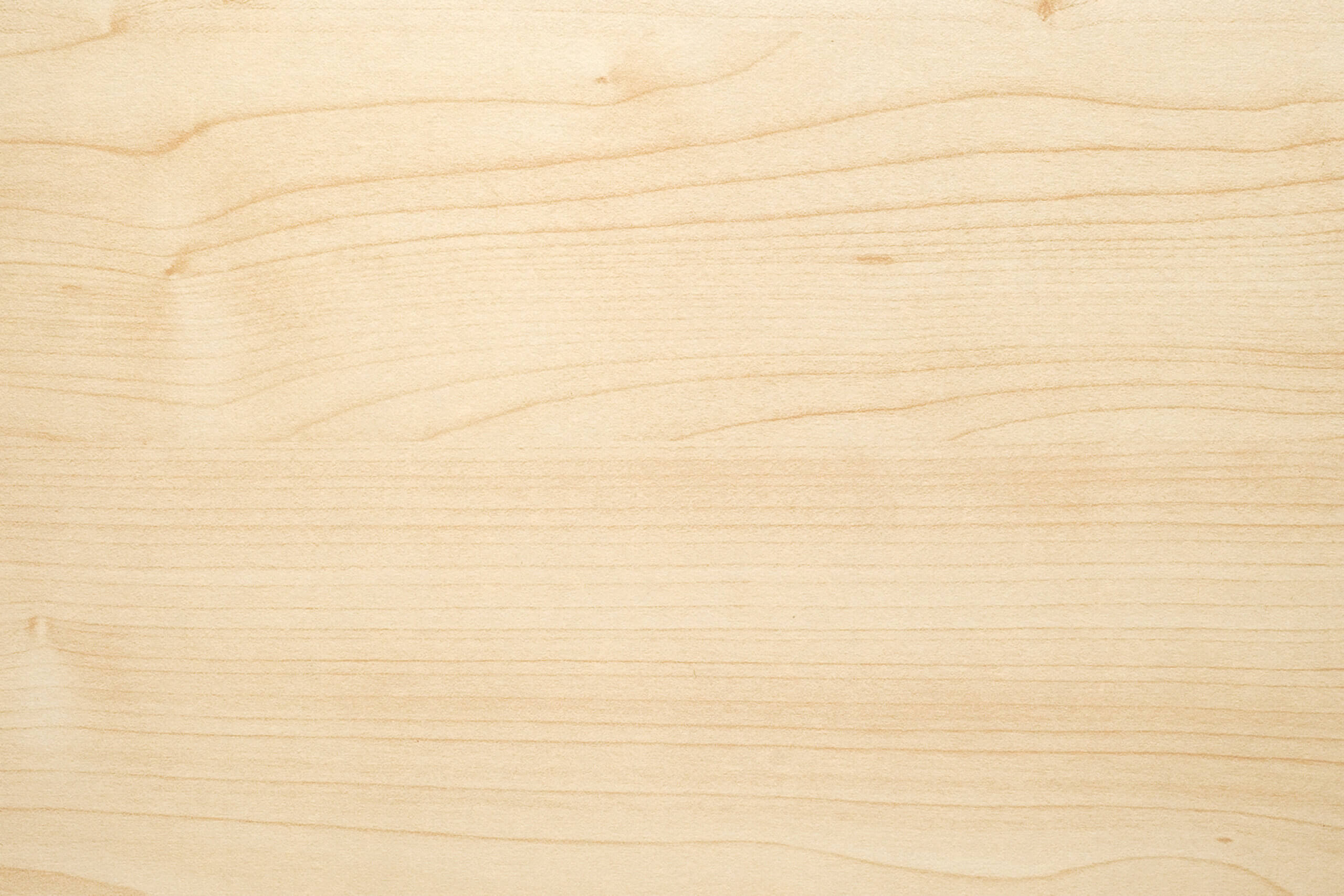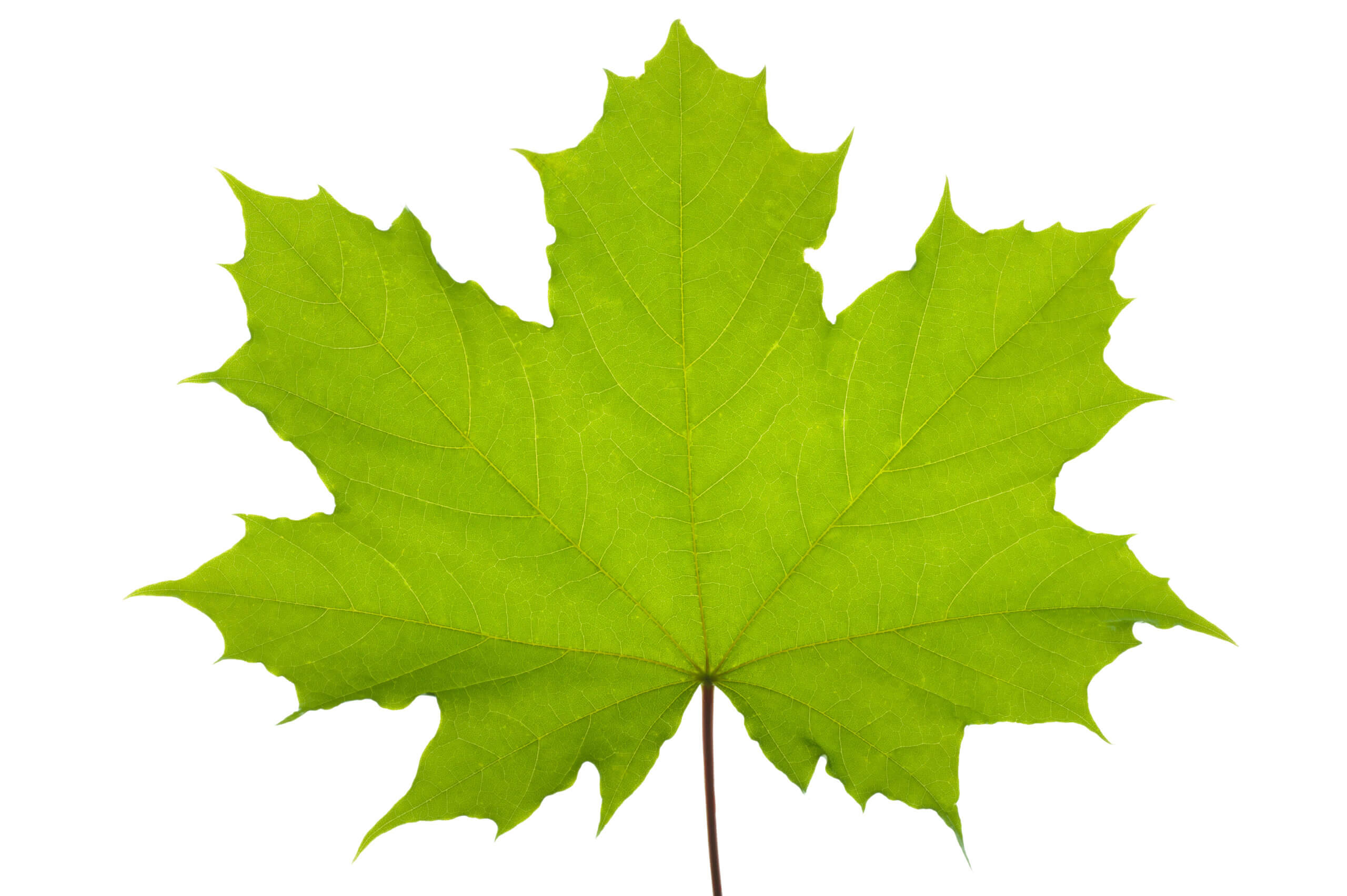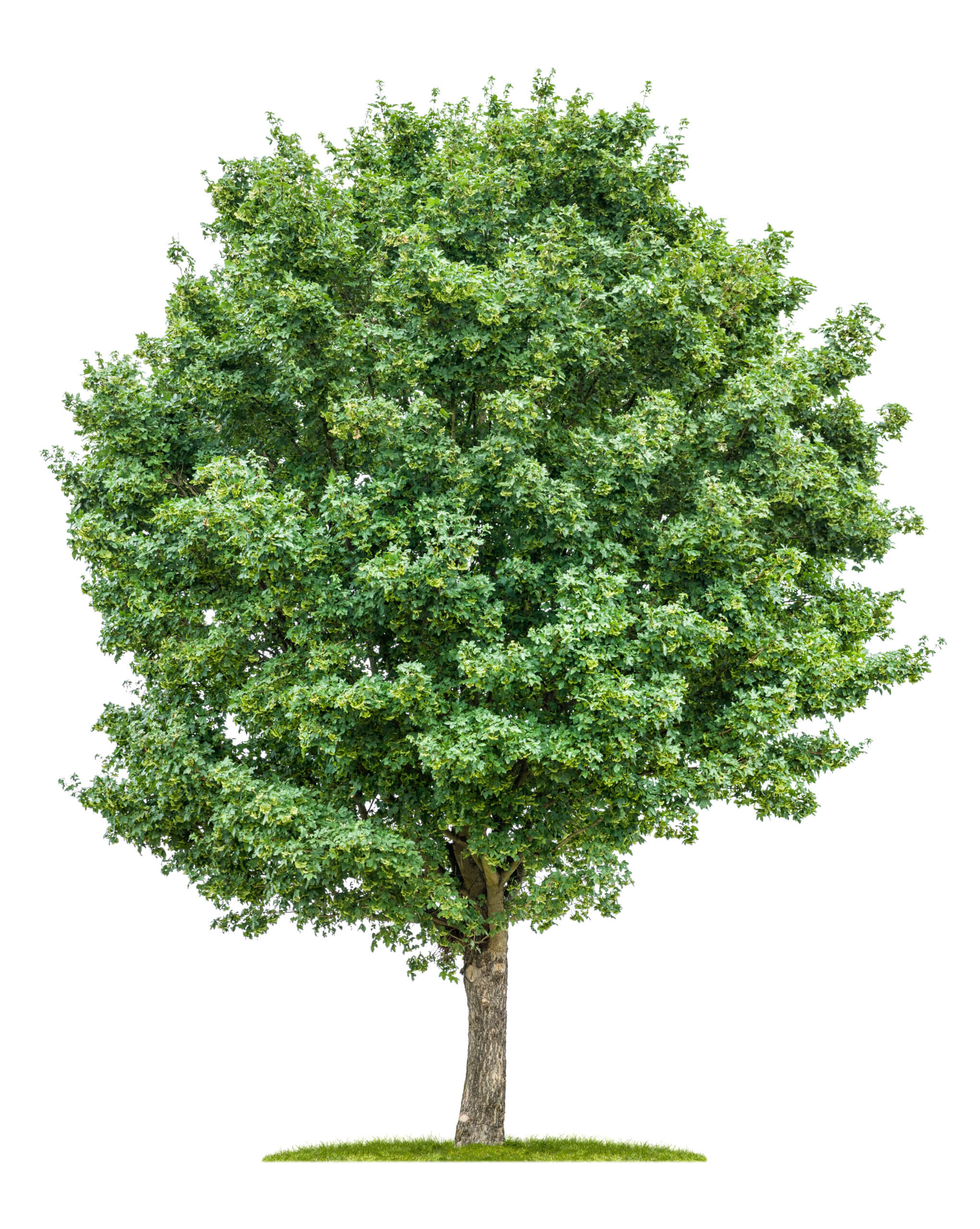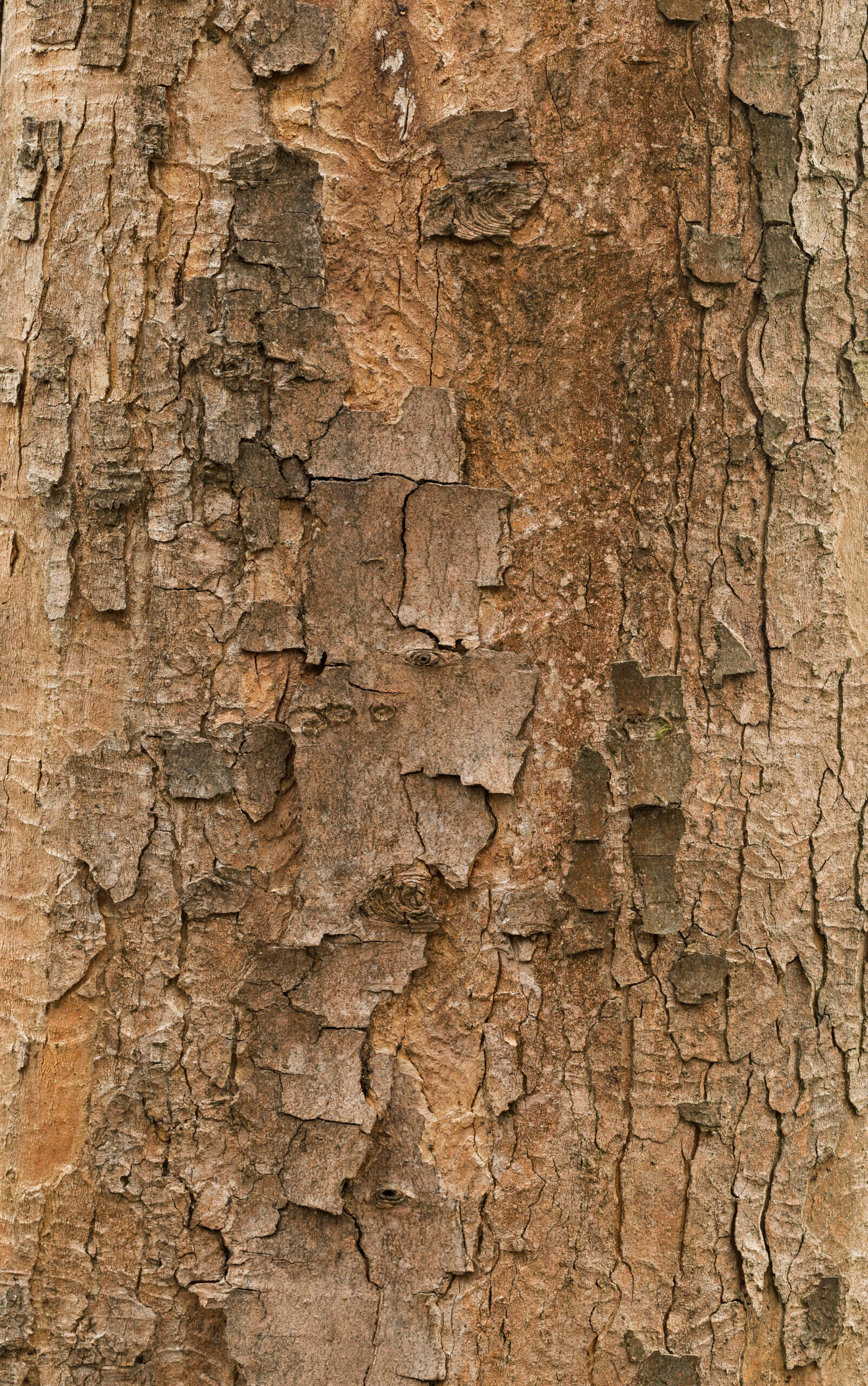Maple / Sycamore maple
bot. Acer pseudoplatanus

There are over 150 species in the maple family worldwide. Characteristic of all these tree species are hand-shaped, five-lobed leaves and propeller-like winged seeds. The sycamore maple, which belongs to the soapberry family, can reach heights of 25-35 m and live up to 500 years. The maple is one of the most valuable hardwoods. Its yellowish-white, hard and tough wood is mainly used in furniture making and interior finishing. Evenly grown maple wood is also known amongst experts as tonewood or resonance wood and is highly sought after by manufacturers of musical instruments because of its easy workability and bendability.
Comments
Low durability, susceptible to fungus and insects, not weather resistant.
Hardness grade
19 - 35 Brinell
Color
Yellowish-white to almost white with color core formation into blackish-brown.
Color change
Strong yellowing.
Origin
- The sycamore maple is widely distributed in Europe.
- It develops best in mountain forests up to 1700m, but is also widespread in lower regions.
- Young trees are often gnawed by mice and game also likes to devour them, so that these trees often have to be protected against this damage.
Wood character
- Sapwood and heartwood are of the same colour, yellowish-white to almost white, with delayed colour heartwood brown to black-brown.
- Medullary rays visible to the eye in cross-section, shining like mirrors.
- Wood silk glossy, often with pith flecks.
- Not weather resistant, only durable in dry areas.
- Maple has a tendency to yellow when processed. This natural process can be counteracted with a brightening varnish/oil with appropriate UV protection.
Use
- As a relatively robust wood, it is often used for tables and chairs.
- The sealed surface of maple provides an ideal basis for opaque lacquered surfaces.
- Used in the making of instruments (body and necks for guitars).
Characteristics
Weight: 630 KG/M³
Weight (Average bulk density air dry, ᵨ 12...15)
Average hardness: 27 N/MM²
Average hardness according to Brinell (radial)
Stability: mittel bis gut
Dimensional and form stability
Durability: nicht dauerhaft
Natural durability according to DIN-EN 350-2


